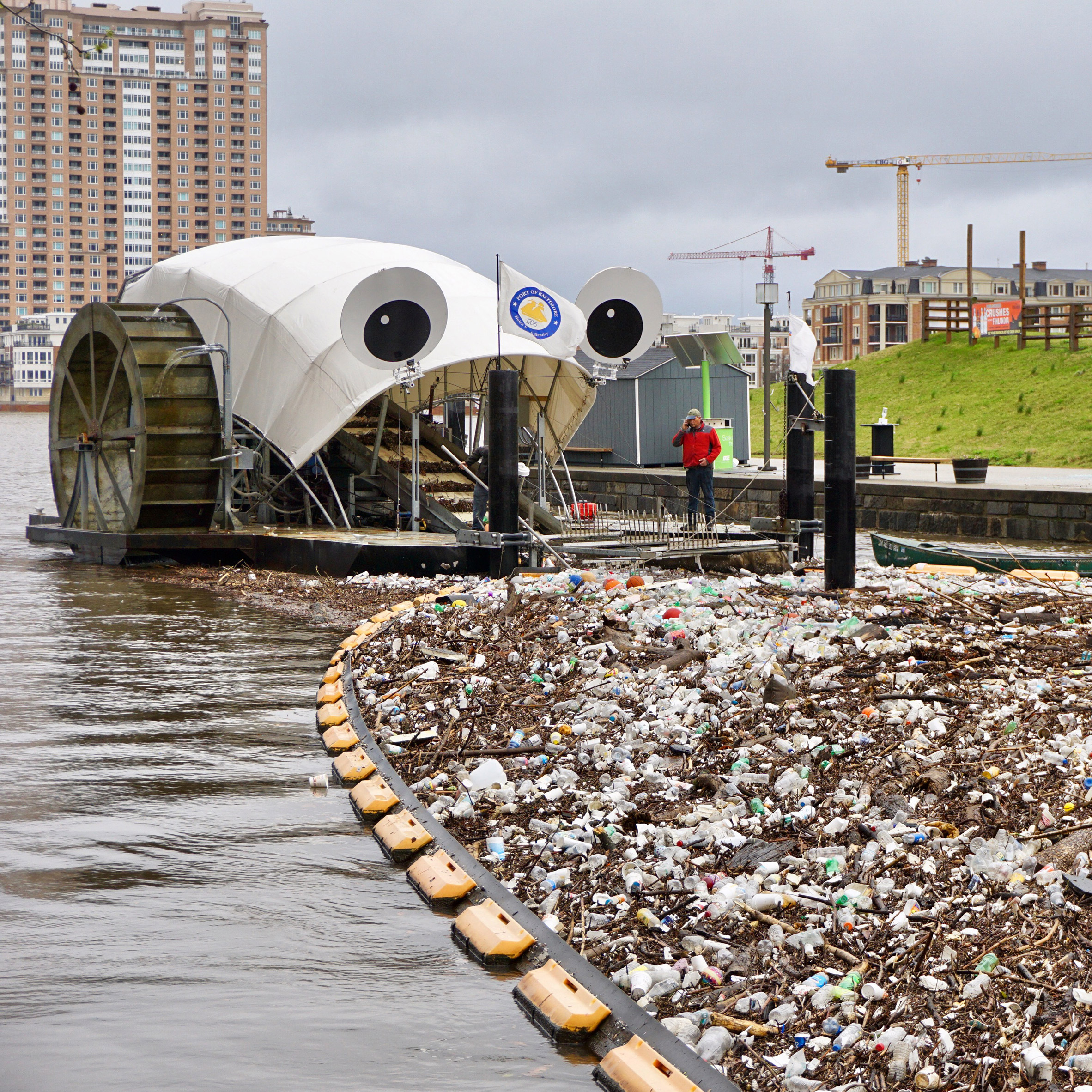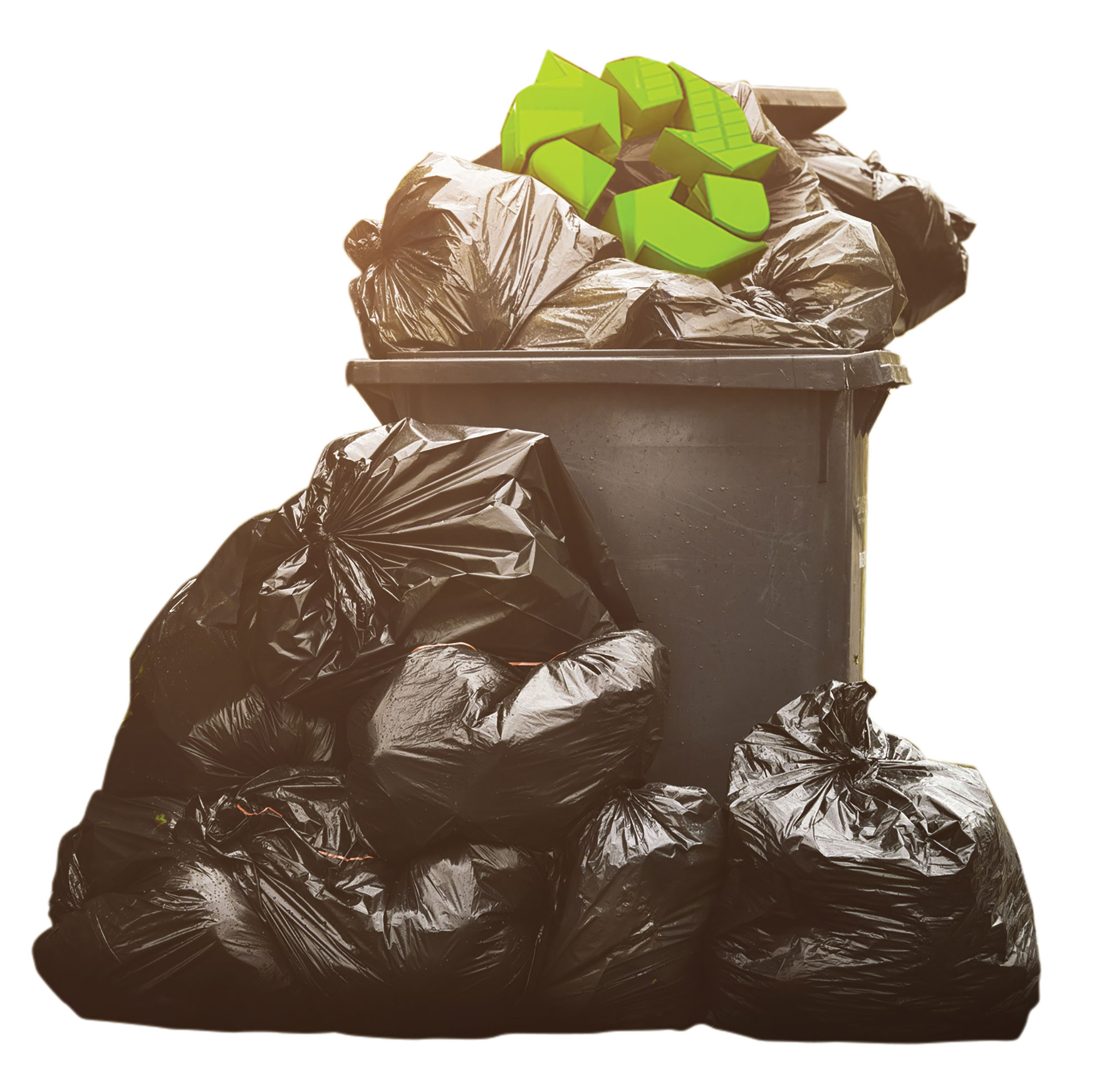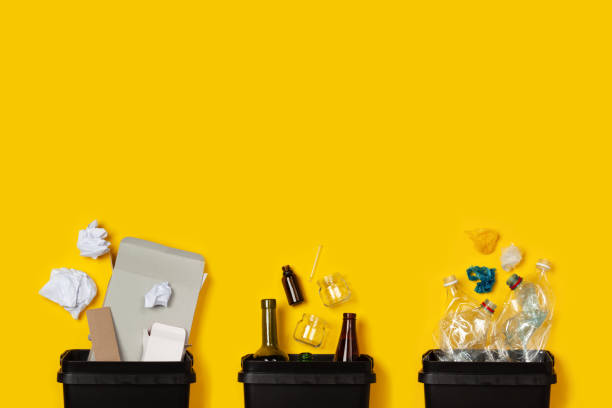Can Designers Assist In The Eradication Of Waste?
During a party scene in the 1967 film The Graduate, Dustin Hoffman’s character is approached by a friend of his parents for advice on one thing: “plastics.” This material—its pervasiveness, robustness, and sheer utility—is largely responsible for our current predicament. We’ve developed a throwaway culture of convenience around an indestructible substance, and now, as London’s Design Museum reminds us, “our planet is drowning in human pollution.”

Can Designers Assist in the Eradication of Waste?
Also Read: Designing Sustainable Concrete: ETH Zurich’s HiLo Unit
Its exhibition, Waste Age: What Can Design Do?, traces humanity’s progress to this point—an era in which phoney rocks made of pressed-together junk routinely wash up on our beaches—through the worst excesses of the previous century (takeaway cups, disposable cutlery, cigarette butts, and planned obsolescence) as well as the revolutionary advances (syringes, keyboards, wipeable surfaces, and underground pipes) that have made plastic practically indispensable. It then presents possible solutions, including the work of ingenious designers who have abandoned the pursuit of beautiful commodities in order to address the problems their industry has created.
To see the problem so plainly laid out is, to put it mildly, unsettling. A wall is covered in 6,600 bottle tops collected over a single winter in Cornwall, while Edward Burtynsky’s photographs of mines and landfill sites serve as a reminder of the irreversible damage we have caused to the earth.

Can Designers Assist in the Eradication of Waste?
Also Read: Architects Paritzki and Liani built a triangular white stone house.
It is further illustrated by exhibits such as Italian design studio Formafantasma’s Ore Streams, which examines electronic waste and ways to reduce it, and Dutch practise Studio Drift’s Materialism, which catalogues the materials that go into everyday objects like cars and phones and presents them as a series of relatively-sized blocks.
With all of this information at its disposal, the exhibition instils hope that things can change. Visitors are shown examples of how waste can be embraced or reimagined, from fashion made from offcuts to 3D-printed chairs made of recycled plastic, to kintsugi-inspired attempts to make a virtue of damage and repair, to biomaterials created from discarded organic matter.
Other exhibits demonstrate how to avoid waste in the first place—rentable lightbulbs, a toaster that never breaks, and easily upgradeable furniture. It is an optimistic and heartening vision of the future—one in which we live more communally and compassionately in the face of future challenges, with greater respect for our resources and surroundings.
Also Read: Homes With Lush Indoor Trees That Add To The Peace
What this show largely lacks, however, is an examination of how these solutions will be implemented and the underlying political context in which they must operate—the answer cannot simply be to make more stuff. The obfuscated statistic that low-income people generate only 5% of waste (it is unclear how this is defined or how it relates to population share) and an installation by artist Ibrahim Mahama made from e-waste dumped by Western countries in Ghana serve as reminders of the waste age’s political nature and the economic structures that sustain it.

Can Designers Assist in the Eradication of Waste?
While topics such as a more circular production system, the sharing economy, and the need to revisit pre-industrial practices are gaining traction, the recent COP26 conference demonstrated that meaningful change will require enormous political will, ambitious investment, radical legislation, unprecedented cooperation, and the kind of long-term thinking that has so far been lacking on the global stage.
This may or may not be the domain of the Design Museum, but it remains to be seen whether we will collectively be willing to make the lifestyle sacrifices necessary to end the waste age, or whether the planet will become yet another thing we discard.
Written By Tannu Sharma | Subscribe To Our Telegram Channel To Get Latest Updates And Don’t Forget To Follow Our Social Media Handles Facebook | Instagram | LinkedIn | Twitter. To Get the Latest Updates From Arco Unico
